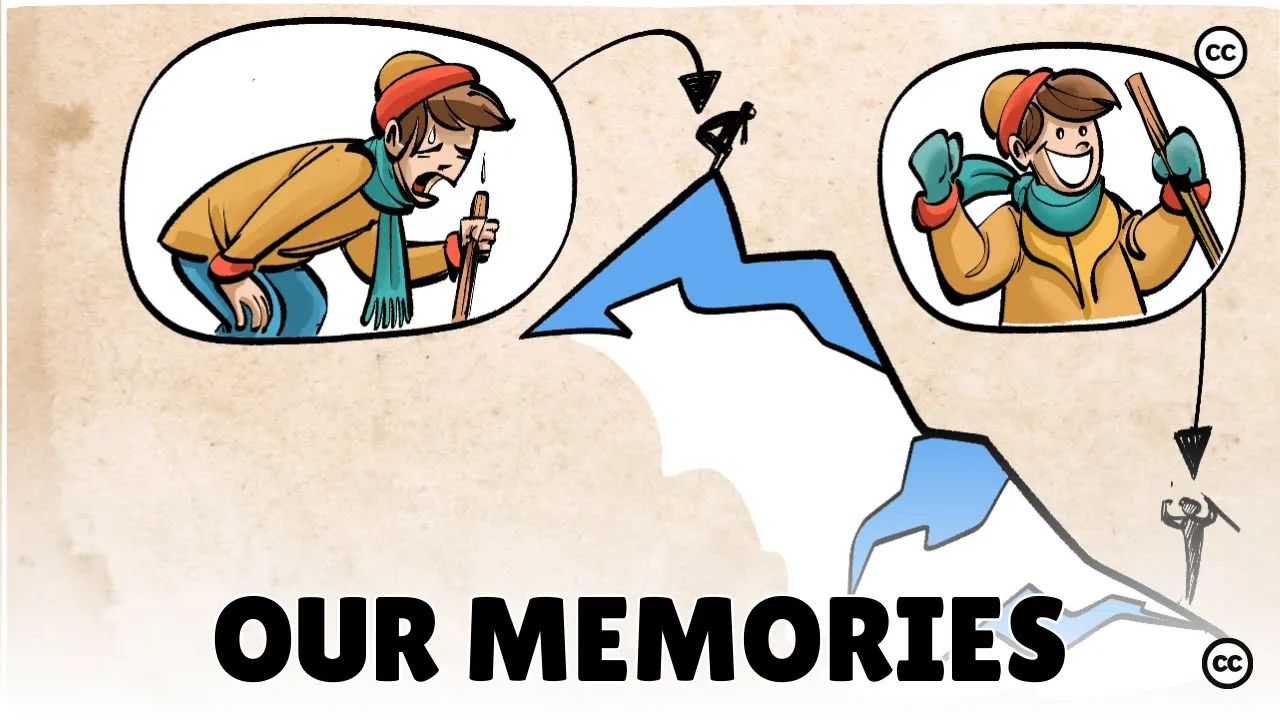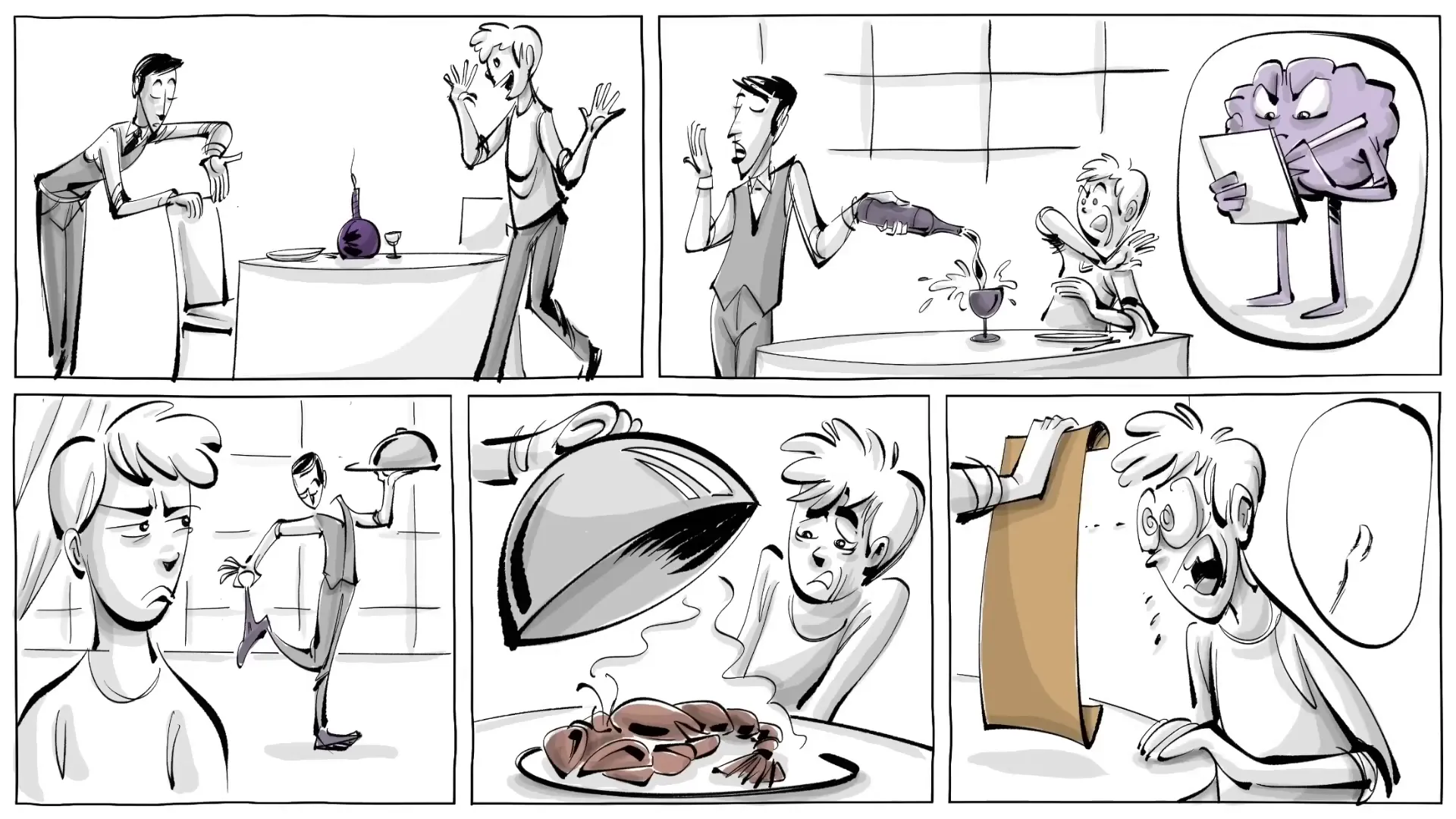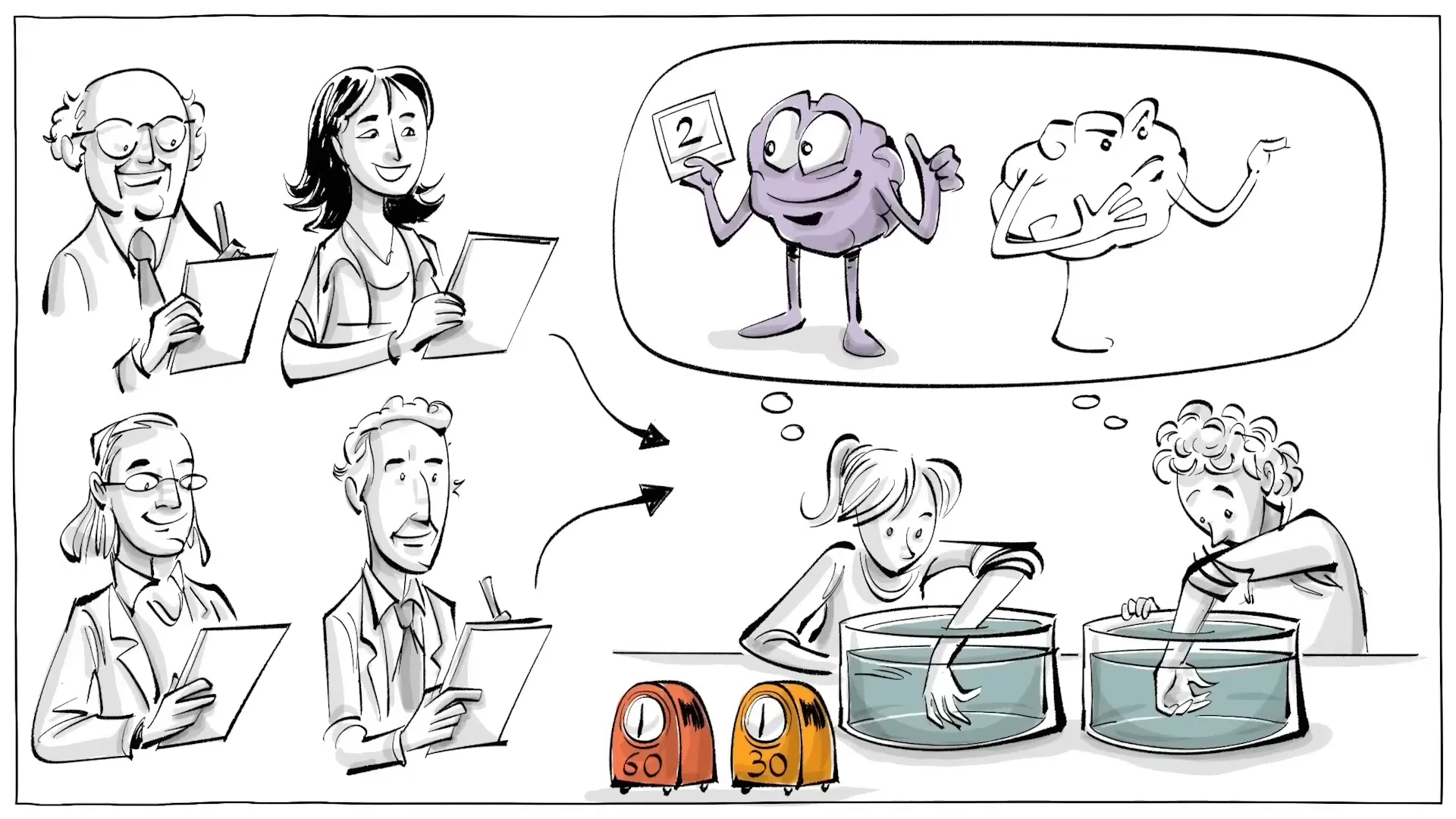Jan 2, 2025
The Peak-End Rule: Understanding How We Remember Experiences

The peak–end rule is a psychological phenomenon that occurs when people judge an experience largely on how they felt at its peak and its end. There are two key reasons for this. First, more emotionally intense events lead to better memories than less intense events. For instance, if you experience a drama, the peak is the most moving moment, and to the mind, it creates the most vivid mental snapshot.
Second, we have a better memory of the end of a sequence — a phenomenon known as recency bias. For example, if you get to eat three different desserts in a row, the second dessert creates a new memory that makes it harder for you to recall the first. When you’ve finished all three, your brain remembers the last one most clearly.
However, the rule does not always apply uniformly. As we go into an experience, our expectations play a critical role. If they are initially not met, our prediction error can skew our perception of what’s about to come next — including the peak. But for now, let’s assume that everything goes according to plan.
The Role of Expectations
Consider a scenario where you decide to eat at a cheap diner. If your expectations are low, the memory of your evening will be formed primarily by the peak and the end. The dry salad, the bad music, and the dirty bathroom will likely fade from memory, and later, you might rate the experience as exceptional.
On the other hand, if you dine at an expensive restaurant, you arrive with high expectations. If the initial experience doesn't meet those expectations, your mind may conclude that the place isn’t that good after all, leading you to view everything through a critical lens. In this case, the peak is discounted, the end seems outrageous, and the overall experience is rated poorly.

So, when expectations are low, the peak-end rule tends to work effectively. Conversely, if they are high, it’s vital that they are met right from the start.
Evidence from Experiments
Evidence for the peak-end rule was established through an experiment where participants were subjected to an unpleasant experience in two different ways for the same duration. In one trial, they were kept in cold water for a set time, then subjected to an additional 30 seconds where the temperature was raised by about 1° Celsius. The subjects were then given the option to choose which trial to repeat.
Surprisingly, they were more willing to repeat the second trial, even though it involved prolonged exposure to cold water. Researchers Kahneman, Fredrickson, Schreiber, and Redelmeier, who conducted the study in 1993, concluded that people chose the long trial simply because they liked the memory of it better than the alternative.

Applying the Peak-End Rule in Real Life
If you run a restaurant, meeting your customers' expectations can help you create a wonderful peak, finish with a fantastic end, and deliver an experience that’s not only excellent but will also be remembered as such.
Conclusion
Understanding the peak-end rule can significantly enhance how we design experiences in various settings — be it dining, entertainment, or events. By focusing on creating memorable peaks and ensuring a positive ending, we can shape how experiences are perceived and remembered. Now, think about your own experiences. Have you ever crafted your own peak-end experience? Understanding this rule can help us all create more meaningful and memorable moments in our lives.
This article was created from the video The Peak End Rule: What You Actually Remember From a Experience with the help of AI. It was reviewed and edited by a human.



